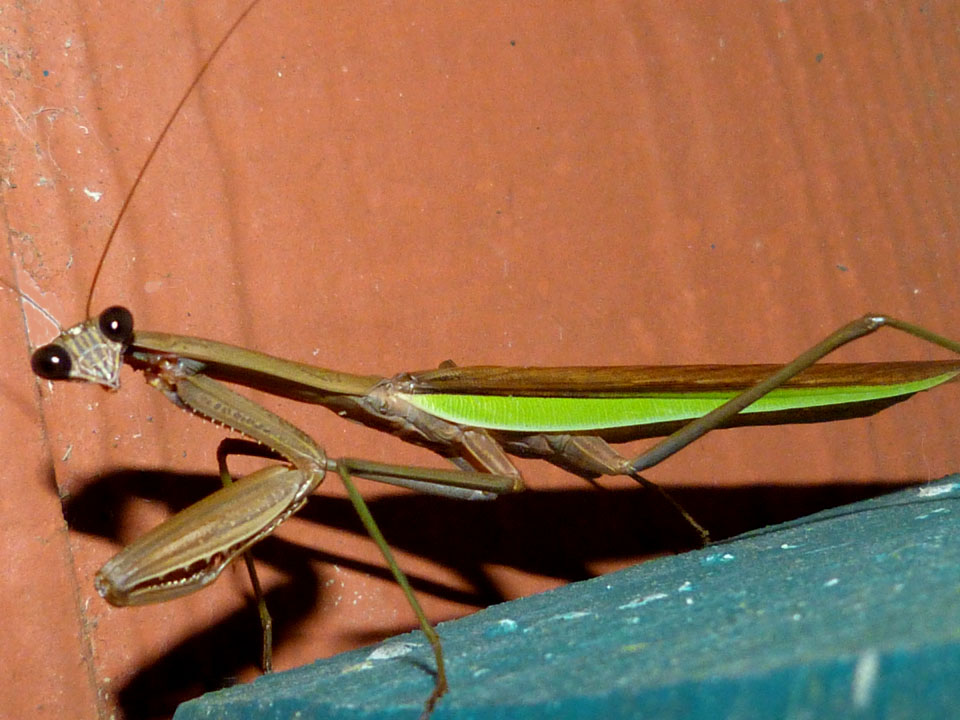13376
Tropical Fruit Discussion / Re: Mailing Seeds to the USA
« on: May 09, 2012, 12:25:21 AM »There are two different USDA permits that are used to import seeds generally. There is one known as the Small Lot of Seed permit which does not require a phyto but you can only send a smaller quantity of seeds. Then there is the regular seed permit which does not have a limit I think but you need a phyto. I have both permits but I usually only use the Small Lot of Seed. In addition to the permits you have to attach a special green/yellow label to your package the has a barcode and each label is individually numbered and associated with your permit.
Hi Murahilin, small seed lot permit does not specify number of seeds you can receive of one species. You can receive large numbers of seeds, as long as they are in plastic bags of 50 or less. The purpose of this is to speed up inspeciton, not to limit the number of seeds.






